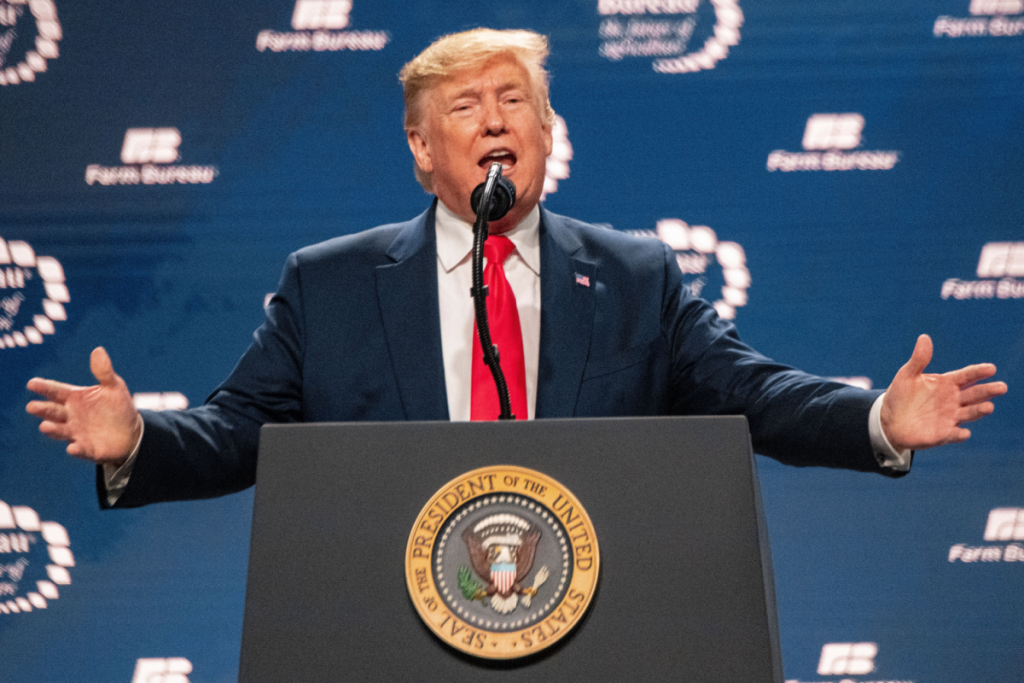President Links Funding Deadlock to Political Strategy
President Donald Trump announced Thursday that his administration intends to use the ongoing federal government shutdown to permanently eliminate what he described as “Democrat programs,” escalating tensions in the ninth day of the funding stalemate.
“We’re only cutting Democrat programs,” Trump said during a Cabinet meeting at the White House. He added that these programs are “very popular Democrat programs that aren’t popular with Republicans, frankly,” but did not specify which ones would be targeted.
The president continued to blame Democrats for the government shutdown, claiming they would “get a little taste of their own medicine.” His remarks mark a renewed effort to turn the funding impasse into a political confrontation, aimed at reshaping federal spending priorities.
Shutdown Spurs Threat of Permanent Program Cuts
Trump’s comments build on a message he shared last week on Truth Social, where he called the shutdown an “unprecedented opportunity” to slash what he termed “Democrat Agencies.” He said he planned to meet with Russell Vought, director of the White House Office of Management and Budget (OMB), to determine which programs would be cut.
Since the start of the shutdown on October 1, the administration has already frozen and canceled billions in federal funding. On the first day, Vought announced an $18 billion freeze on infrastructure projects in New York City and the cancellation of $8 billion in climate-related funding for Democratic-leaning states. Two days later, an additional $2.1 billion earmarked for Chicago transit projects was put on hold.
According to reports, the administration is also considering canceling another $12 billion in clean energy funding. These moves have drawn criticism from Democratic lawmakers, who say the cuts disproportionately affect states and cities that have supported their party.
Partisan Divide Blocks Funding Resolution
The shutdown began after Congress failed to pass appropriations bills to fund the government beyond the end of the fiscal year on September 30. Both parties have advanced competing proposals that have so far failed to gain sufficient support in the Senate.
Republicans have pushed for a temporary stopgap measure to resume government funding at current levels through November 21. Democrats, meanwhile, insist that any new funding package must include additional healthcare protections, including an extension of Affordable Care Act premium tax credits set to expire at year’s end.
The stalemate has left hundreds of thousands of federal workers furloughed and delayed the release of key economic data, while deepening partisan tensions in Washington.
Uncertain Path Forward
As negotiations continue, Trump’s public statements signal a willingness to prolong the shutdown as leverage to reshape the federal budget along partisan lines. The administration’s strategy — targeting programs seen as Democratic priorities — suggests the standoff could extend well into November unless a compromise is reached.
With the shutdown’s effects spreading across federal agencies and states, lawmakers face mounting pressure from both sides to resolve the deadlock and restore government operations.


